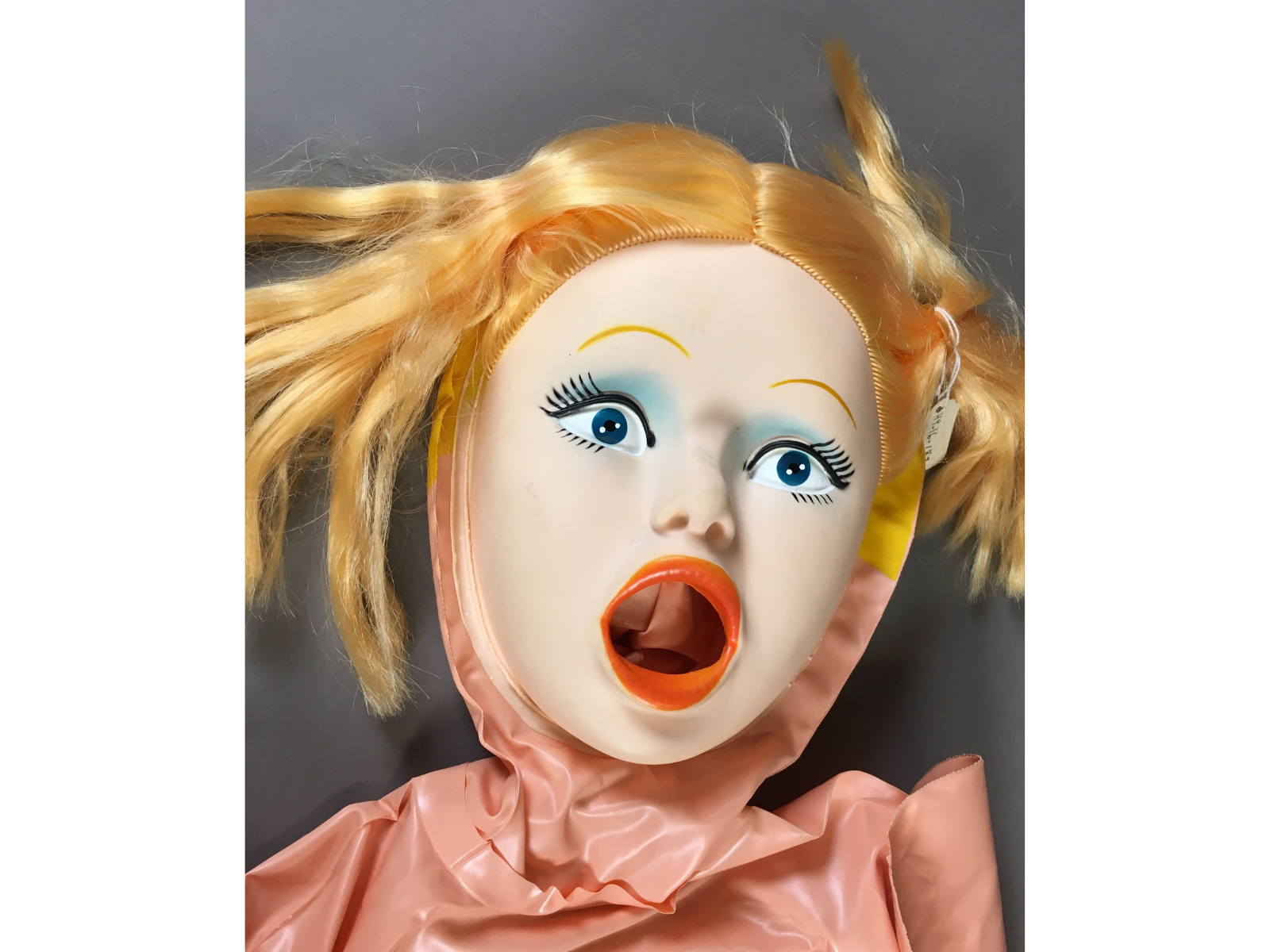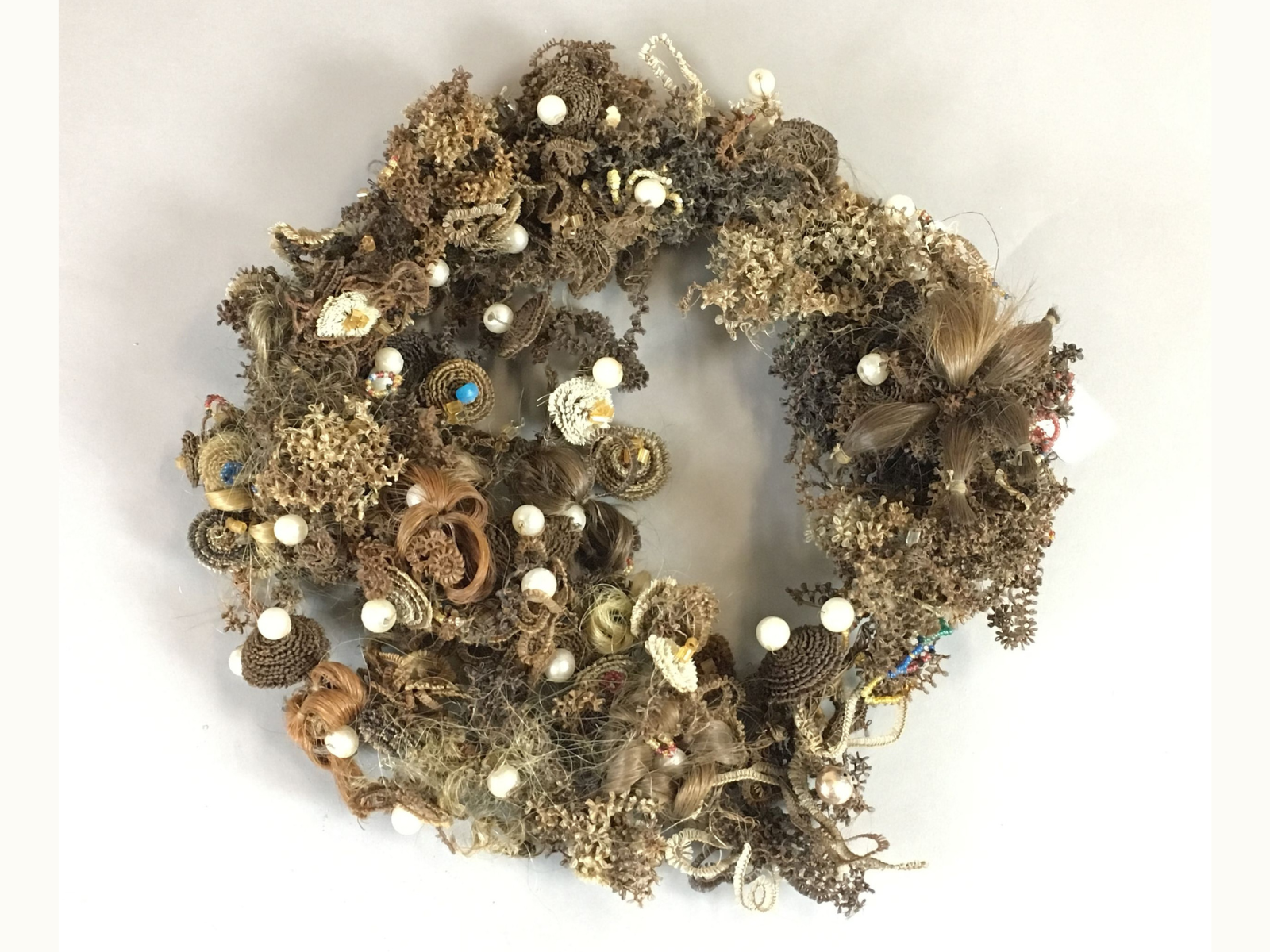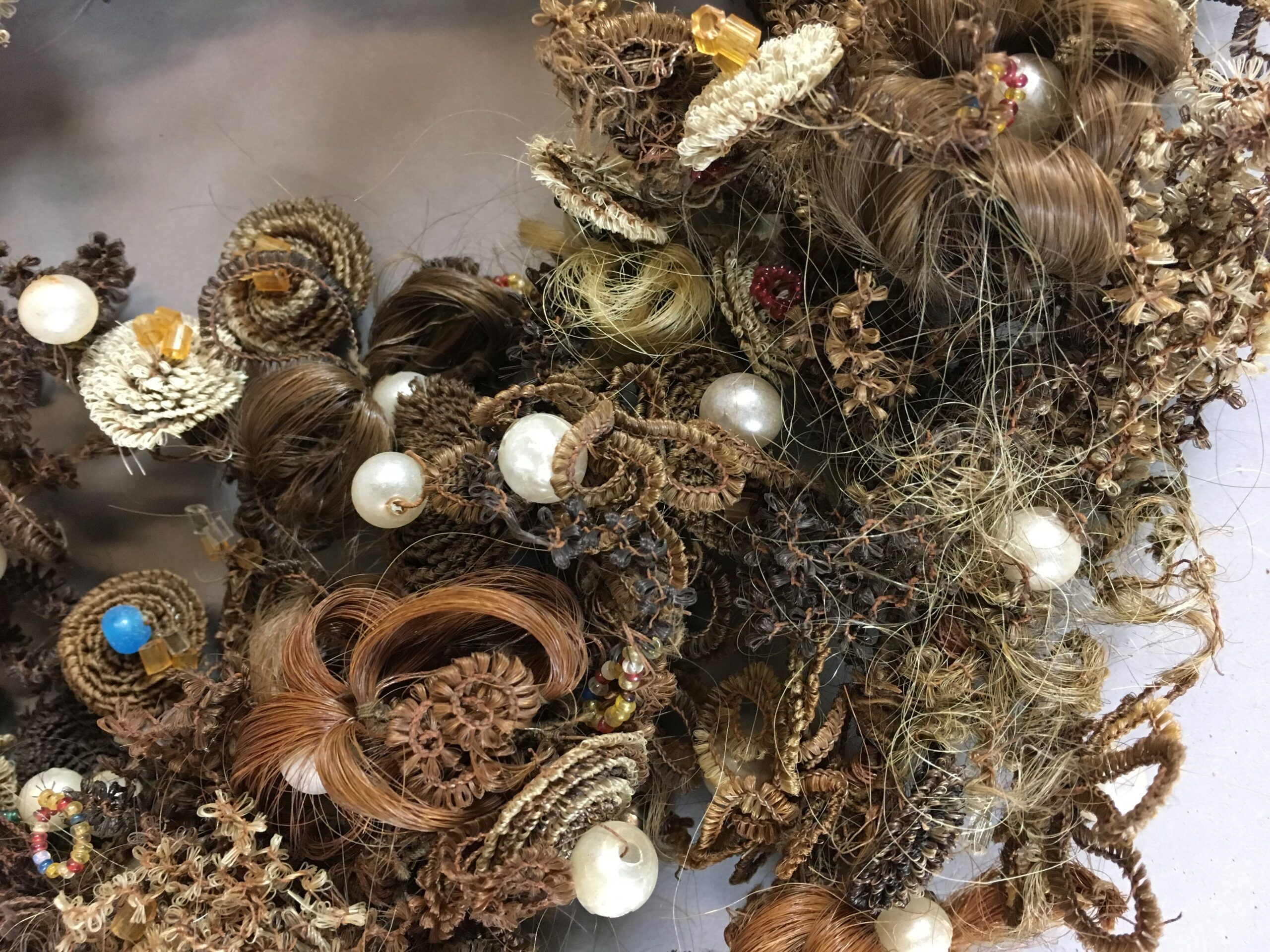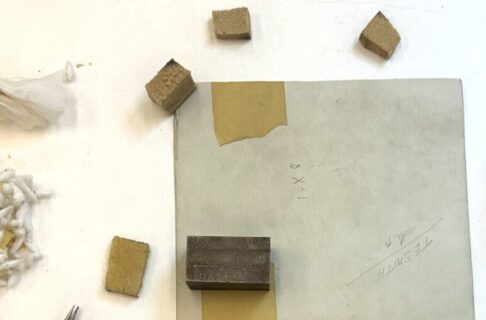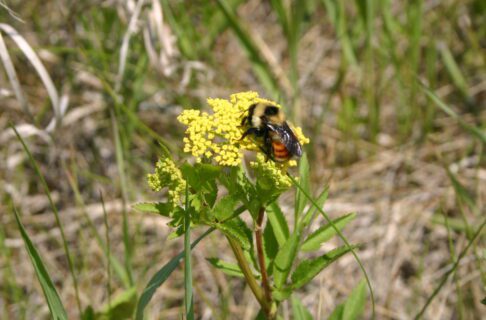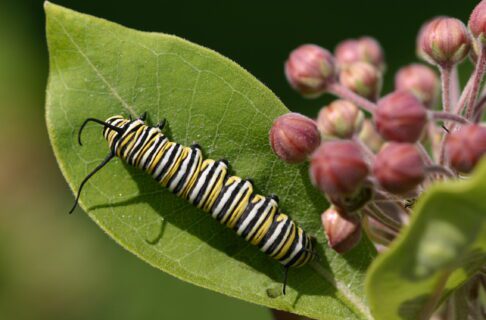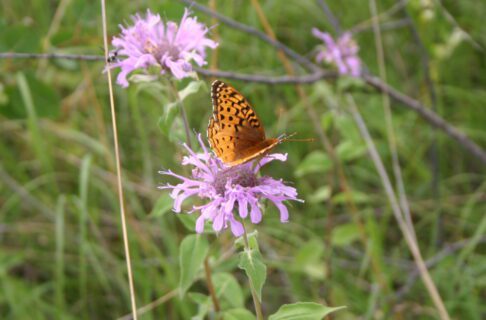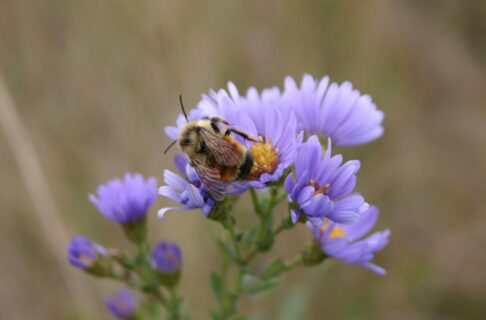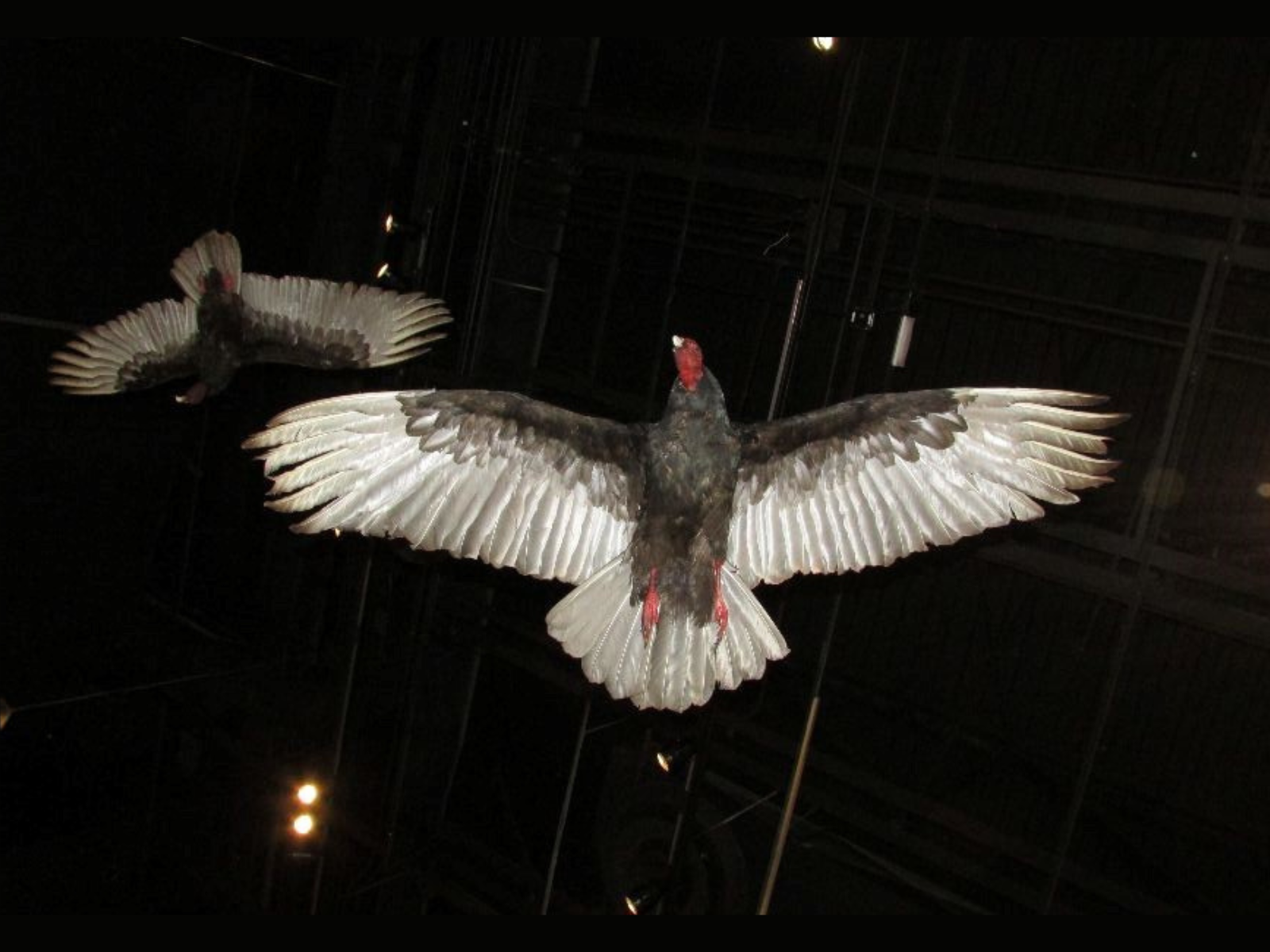The most nutritious nectar and pollen is produced by native plants. Native plants also have the correct flower shape to fit the local pollinators’ mouthparts. Although cultivars of native plants, like bee balm (Monarda fistulosa), may produce good forage, those that are highly modified (e.g., double-bloomed species), or lack nectar and pollen (e.g., sterile hybrids) are often useless for pollinators.
To provide a regular food supply, ensure you grow at least some native species that flower in spring, summer and fall. Good choices for southern Manitoba include:
Spring (May-June)
Cherries and plums (Prunus), wild roses (Rosa acicularis), raspberries (Rubus), meadowsweet (Spirea alba), Western Canada violet (Viola canadensis), and Alexanders (Zizia).
Summer (July-August)
Giant hyssop (Agastache foeniculum), milkweeds (Asclepias), prairie-clover (Dalea), Western red lily (Lilium philadelphicum), wild mint (Mentha arvensis), obedient plant (Physostegia virginiana), and blackeyed Susan (Rudbeckia).
Fall (September-October)
Coneflower (Echinacea), blazingstar (Liatris), white aster (Oligoneuron album), goldenrods (Solidago), and asters (Symphyotrichum).















